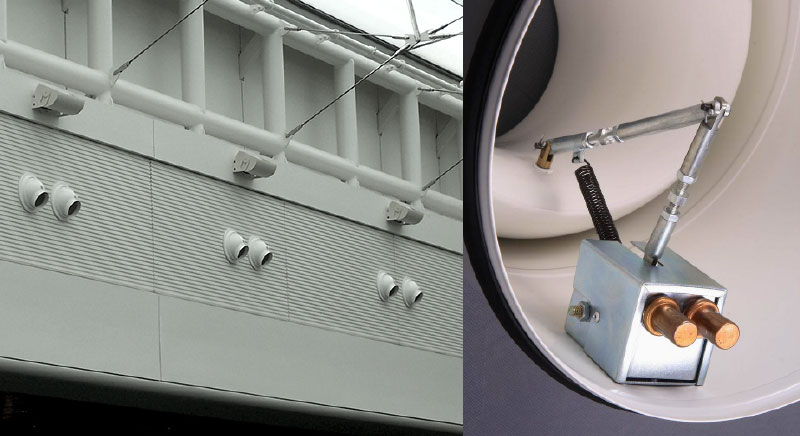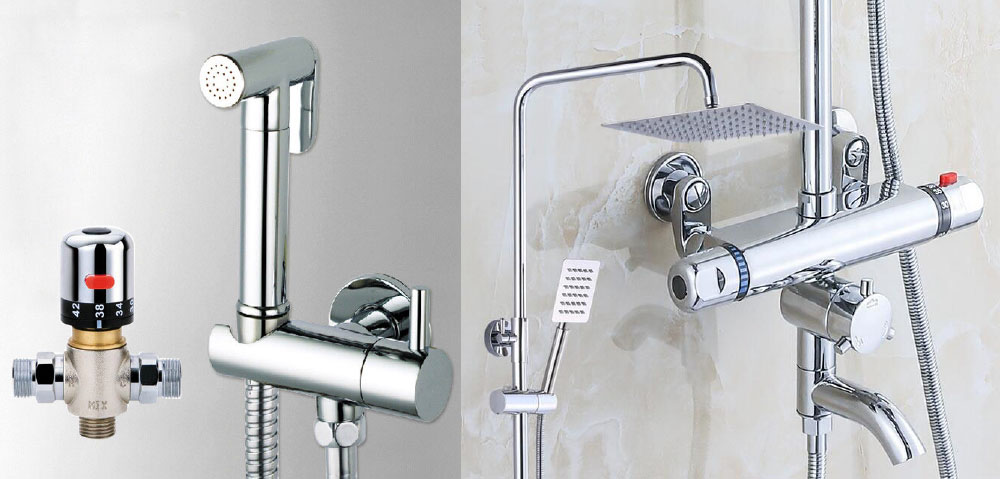Nowadays, SDN, as a hot word in the industry, often enters people’s field of vision, and even is named as the general trend of the current industry. The emergence of SDN prompted the redefinition of network architecture. By decoupling the control plane and the forwarding plane, the network resources were pooled, which completely changed the original vertical closed industrial form and gave operators stronger network control ability.
Recently, Tencent system architect He Quan explained to the industry in a public occasion the exploration and application of SDN controllers, what efforts Tencent has made and what breakthroughs it has made. Speaking of SDN, He Quan said, “We have set up data centers in Tianjin, Shanghai, Shenzhen and other places with different scales.
At the same time, a tunnel is built based on distributed reusable computing for routing. In this mode of operation, there is no global vision and unified scheduling capability, which will lead to the inefficiency of network bandwidth utilization. “In other words, SDN is an effective way to supplement the global vision and enhance the unified scheduling capability.
In order to solve the problem of data center cloud, Tencent is also cooperating with some equipment manufacturers to build data center cloud, using Overlay scheme to realize the application of virtual tenants. “We have contacted a lot of users, there are individual users, there are some enterprises of different sizes, these enterprises will put forward a variety of needs according to their own business, but these needs can not be met in the existing system. For example, ordinary users may only need to rent a virtual machine, but large tenants need enhanced computational performance, which means that a large number of physical machines may be needed. In this network, thermostatic element we find that VM and physical network are mixed together. In terms of deployment, deployment flexibility on existing systems is very poor. In addition, security isolation between tenants is also an important issue. In the traditional network, using VXLAN technology to operate user visualization will be greatly limited, because the resources of VXLAN are very few, so we use Overlay to do it.

He Quan explained. From the point of view of IDC module construction, the construction of large-scale data centers, from the original 5000 to the present 20000, even 50,000, hundreds of thousands of scale, will have great defects based on the original way of management. For example, usually the scheduling cloud is based on network call. In traditional routing network, we have a better service LOL, but there has been network congestion. Using traditional means, it is difficult to find out exactly where the blockage occurred, so how to quickly solve the problem is the key at present. Tencent is considering to use some relatively new network hardware, through the characteristics, from the perspective of Openflow, traffic-based way to monitor, to achieve automated fault diagnosis. Tencent has tried to apply SDN solutions in many ways, in which it hopes that all SDN liberation will be based on a unified controller platform.
For today’s SDN controller, it needs to carry a variety of applications. If we try to summarize the characteristics of SDN controller, we can start from the following aspects: for example, we must have high reliability, strong dual backup capability and good scalability. For controllers, the scale of networks supported in the future may span from 20,000 to 100,000. At the same time, application development on controllers will be carried out, and different applications will occur for different periods and different scenarios. In terms of dynamic load balancing capability, in the context of large-scale network, the controller needs to access many devices, so the controller needs to be able to balance all the connected loads to the devices from a dynamic point of view. If we consider from the point of view of the South-to-South protocol, SDN can be used in many ways. In application scenarios, we may need the application of these interfaces such as openflow, VDP, etc. Besides, it is the requirement of high security. Controllers are already in the same situation as network devices, and the key problems are that they will be attacked, so the connection of controllers also needs to be safe and reliable.

Based on the discussion of the basic characteristics of SDN, He Quan said: “For the first time, we have made a self-developed controller. The idea of self-developed controller is to abstract the control plane of common network equipment and put it on the controller for integrated calculation.
The goal of making this controller is to verify the performance of the controller. We integrate open source builds and use openflow to communicate. When we downloaded the flowmeter, we found that openflow could not meet the actual needs, so we expanded it on openflow 1.
0 at that time. Although the controller Tencent started to produce is not complicated, it has improved the functions of multi-angle, such as flow meter management, topology management, and so on. These are relatively basic network services.
However, in terms of the key performance of the controller, Tencent uses Apollo open source architecture to realize the cluster capability of the controller, and uses MQ open source architecture to successfully construct a message communication bus between clusters, and to achieve dynamic load balancing in the South connection. After the first generation of self-developed controllers, Tencent has also verified the need for some open source building and network requirements for control technology. In the direction of SDN development, He Quan believes that it is necessary for vendors and open source organizations to participate together. Because of the existence of a large number of devices, if we move from the existing network to open source network, it will inevitably require the cooperation of various manufacturers. He said: “The NOX framework is developed based on C , and we have made a comparison. The scalability of this framework is not ideal. ODM controller can load more functions based on NOX architecture, which is richer than the open source software implemented by NOX before.

The key features of NOX, such as cluster capability, north-facing interface standardization, distributed storage and south-facing load balancing, are very important for NOX applications, but these capabilities are not seen in NOX.
We hope that more vendors can participate in improving and optimizing the basic framework of the controller. From a practical point of view, the self-developed controller has not met the actual needs. In contrast, CBN controller can achieve the end-to-end optimal traffic path from a global perspective; in terms of access to network information, the link information and bandwidth information of network devices are obtained through PCE protocol, and then all traffic is collected by SMP in a relatively common way. Through the current traffic situation, as well as the network bandwidth to calculate the end-to-end optimal path. DC controller, located at a relatively high level of controller positioning, the industry hopes that in the future network, a controller can access all network devices and re-model the existing network. After modeling, it can be provided to different people, including basic operation and maintenance personnel, network operators, network designers, etc. to interpret the network architecture state from different perspectives. Finally, He Quan concluded: “SDN controller is still in the development period, need to be optimized and improved, we hope to be able to work with the industry to promote its development and contribute to the upgrading of the industry trend.
